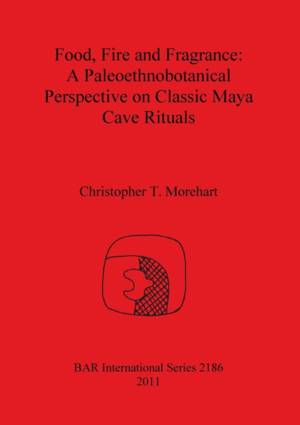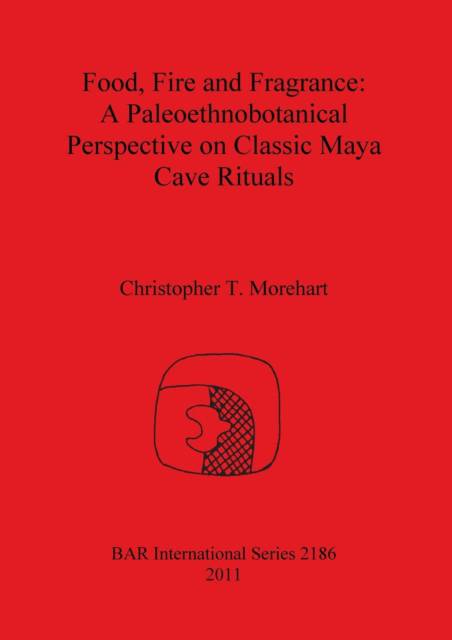
- Retrait gratuit dans votre magasin Club
- 7.000.000 titres dans notre catalogue
- Payer en toute sécurité
- Toujours un magasin près de chez vous
- Retrait gratuit dans votre magasin Club
- 7.000.0000 titres dans notre catalogue
- Payer en toute sécurité
- Toujours un magasin près de chez vous
Food, Fire and Fragrance
A Paleoethnobotanical Perspective on Classic Maya Cave Rituals
Christopher T MorehartDescription
With few exceptions, virtually no other paleoethnobotanist has studied how the ancient Maya interacted with their spiritual universe via ritual practice. Archaeobotanical studies are still rare in the Maya region, though this has been changing. In terms of caves, this situation remains perplexing. There are few kinds of archaeological contexts in this region that permit good preservation. These caves are not the arid caves of Peru, of the Southwest United States, or even of Puebla, Mexico. They are hot and humid-conditions that seem very difficult for the long term preservation of organic remains. But, in general, they differ remarkably from the environment outside. Outside these caves one finds inter and intra-seasonal fluctuations in temperature and precipitation. Inside, however, caves are stable microenvironments. This stability offers archaeologists a rare opportunity to access a component of past life that was so central but, today, is so utterly absent from our records. The author decided to write this present work because of its intrinsic value for anthropological archaeology generally and for Maya archaeology specifically. How many ears of maize have Maya archaeologists found? How many bean cotyledons or squash rinds? How many fragments of cloth? The author recovered more archaeobotanical remains (in terms of diversity and overall abundance) than is commonly recovered from an entire habitation site from a single feature at Barton Creek Cave, and to his knowledge to date this monograph is the only one of its kind -the only full length book on paleoethnobotany in Maya archaeology. Although archaeobotanists continue to make methodological advances (especially in micro-floral research), it is still an under-utilized discipline in the Maya area.
Spécifications
Parties prenantes
- Auteur(s) :
- Editeur:
Contenu
- Nombre de pages :
- 190
- Langue:
- Anglais
- Collection :
- Tome:
- n° 2186
Caractéristiques
- EAN:
- 9781407307411
- Date de parution :
- 07-02-11
- Format:
- Livre broché
- Format numérique:
- Trade paperback (VS)
- Dimensions :
- 211 mm x 292 mm
- Poids :
- 589 g







